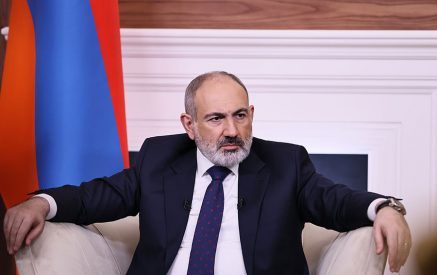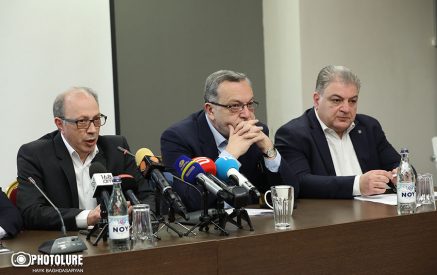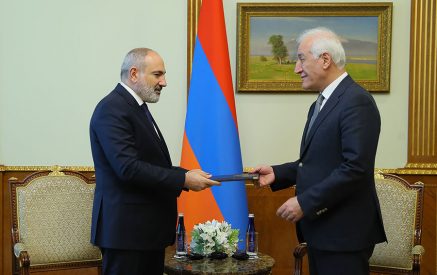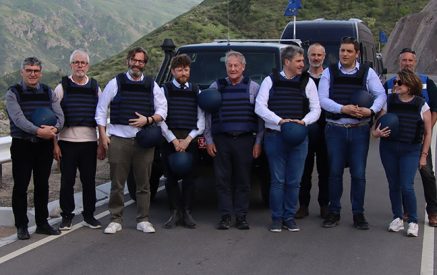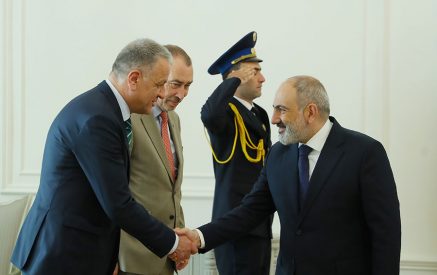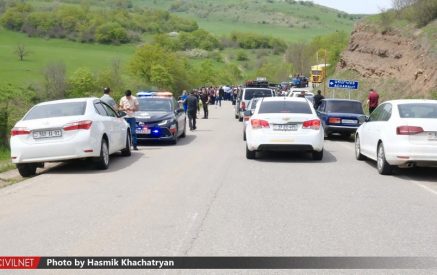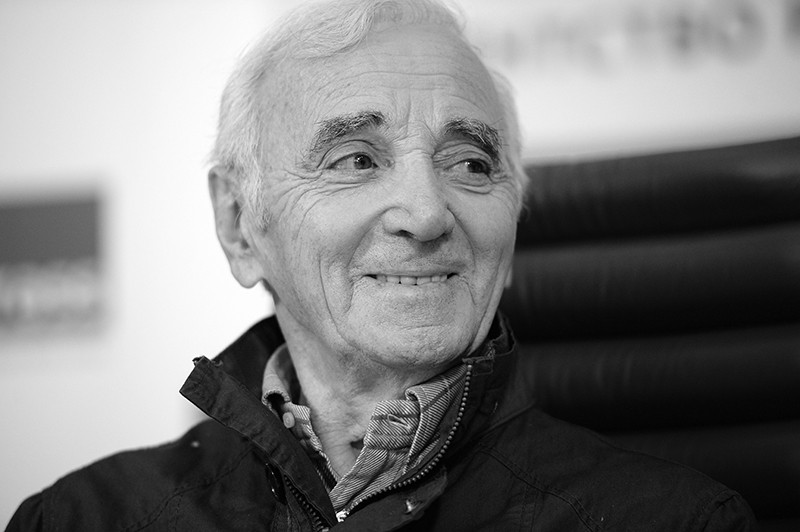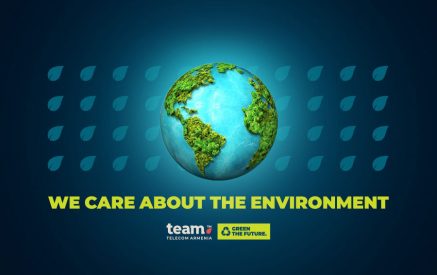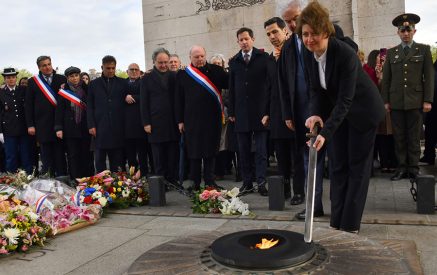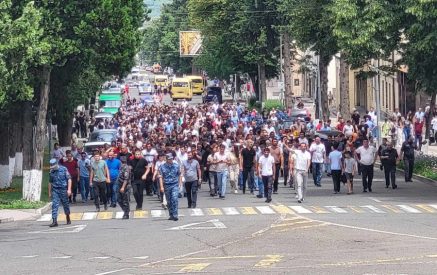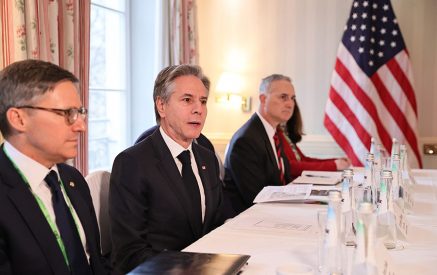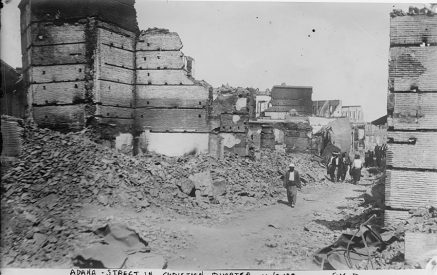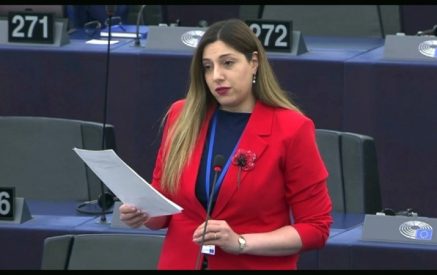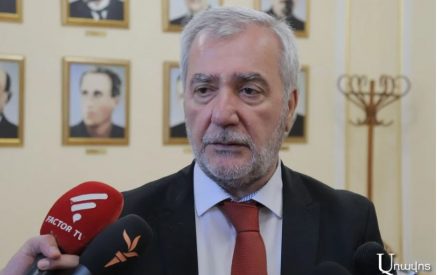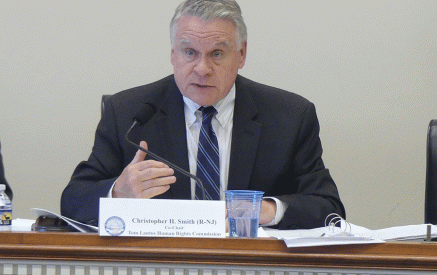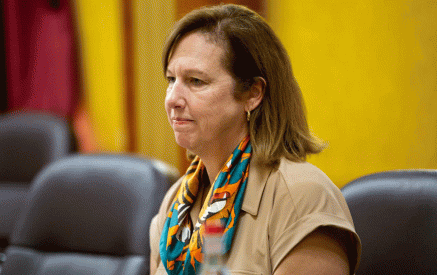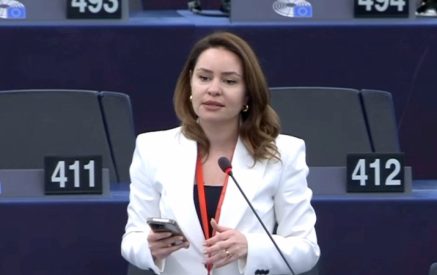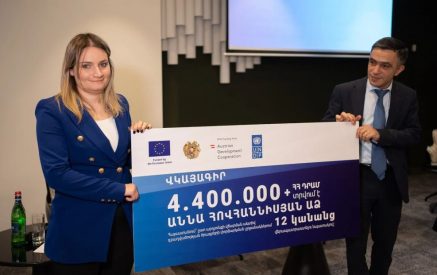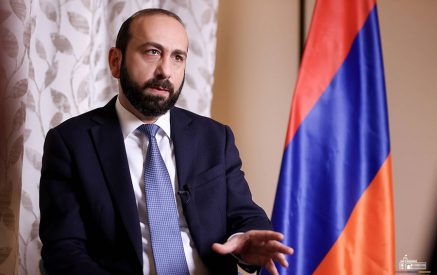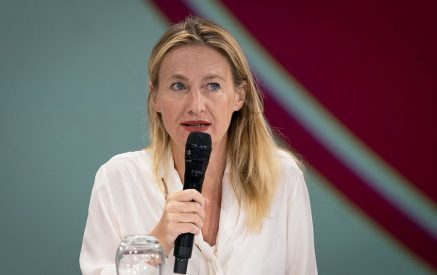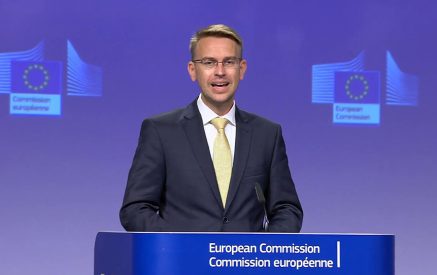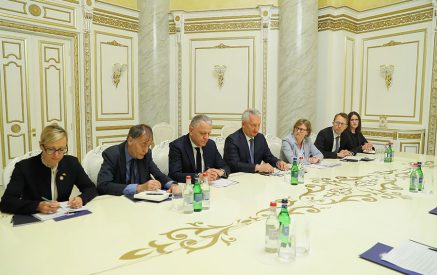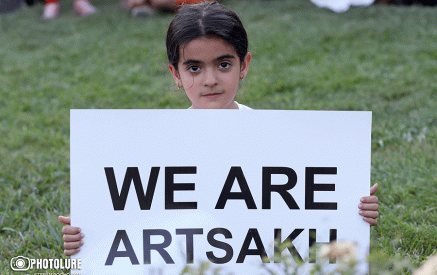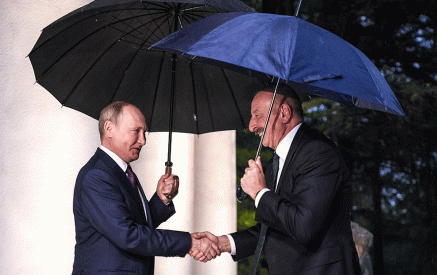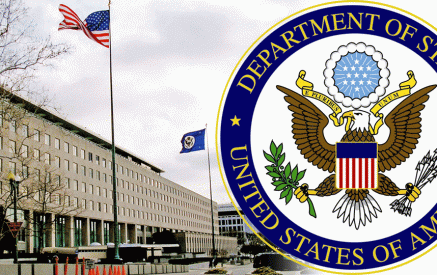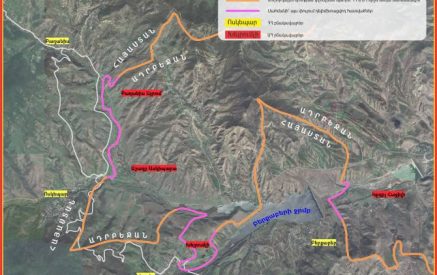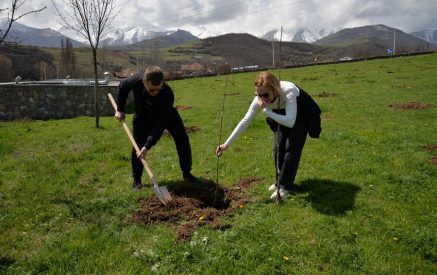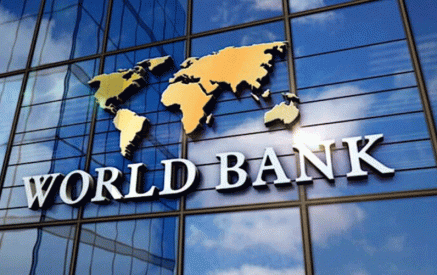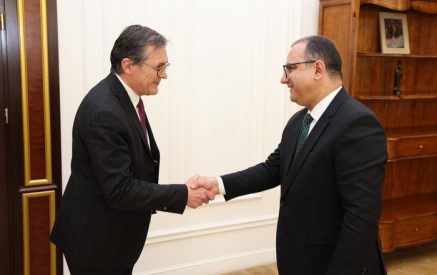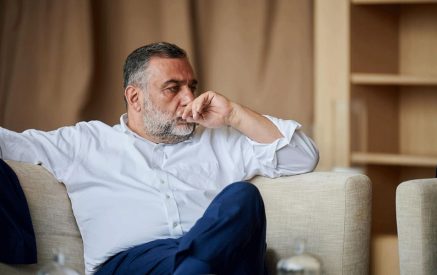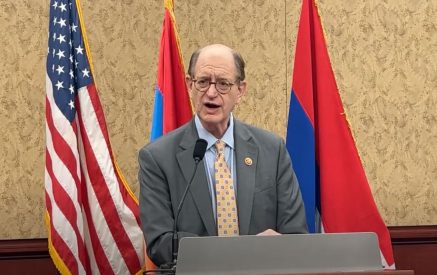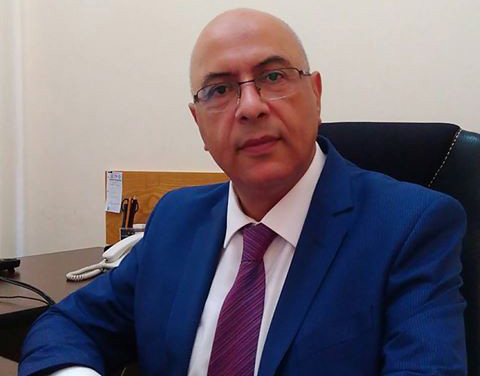Ashot Yeghiazaryan
Doctor in Economics
Associate fellow, the Armenian Institute of International and Security Affairs (AIISA)
EU energy demands and import grow in correlation with its economic strengthening, while to its East, post-Soviet states strive to benefit from export and transit of energy resources, as well as to improve their own energy capabilities. Cooperation between the EU and its Eastern neighbors can boost establishment of predictable and transparent energy market, enabling to foster investments and economic growth, as well as to increase the security level of energy supplies. Not accidentally, the EU allots considerable grants for development of energy sector of those countries. A remarkable synergy between energy interests of the EU and EaP countries is observed, which opens perspectives for deepening the cooperation between them.
Read also
Energy infrastructure and security issues remain among crucial components of the EU cooperation with partner countries within EaP. For this purpose EaP Summit in May 2009 made a decision to establish a platform on energy security (Platform 3)[1]. The field of energy was also highlighted at the EaP Riga summit, held 21-22 May, 2015. In the declaration, signed by participants, the parties confirmed their interest in strengthening energy security, stability and competitiveness, as well as in supply diversification. They also affirmed their intention on deep bilateral and multilateral cooperation in the field of energy[2]. The summit welcomed the progress recorded in large-scale projects of energy infrastructures, stressing the role of Azerbaijan, Georgia and other countries in formation of the Southern Gas Corridor.
Until recently the EU failed in shaping an effective common energy strategy. Energy policy was considered a matter of competence of the nation-states. However, recent years saw intensified efforts to develop and implement a single energy policy both inside the EU and in its relations with non-member states.
Donald Tusk, president of the Council of the European Union, in 2014 offered to establish an energy union, including a common mechanism for energy negotiations with Russia, stressing energy-saving infrastructure and diversification for suppliers. The new European Commission promptly adopted the idea of establishing energy union, and reflected it in Energy Union Package of 25 February 2015[3]. In March 2015 the European Commission approved establishment of Energy Union.
EU Energy Union envisages an integration of internal energy market, when foreign energy policy will simply be derived from it as a natural development. As a result of immense production of liquid gas in the USA and Iran’s unsanctioning, a new global energy context has been shaped, in which the EU should balance its internal energy initiatives with long-term foreign strategy.
Creation of the union currently presupposes information exchange on contracts, while the consent of the European Commission to sign them isn’t mandatory yet. However, it’s anticipated that the process should soon be coordinated with the EU common rules. This means EU member countries will lose their independence in issues related to gas import. At the same time, this implies strengthening of negotiation positions for the EU and its member countries vis-à-vis foreign suppliers of energy resources. Namely, an energy union is formed, which globally speaks in one voice[4].
Purpose of Energy Union is protection of European energy market form geo-political risks. The latter come from the countries, producing energy resources and handling them as a political tool for leverage. Plainly, it first and foremost, refers to shaping the EU’s common gas policy with Russia. Russia has repeatedly tried to achieve its political goals through energy levers against the EU. This challenge became up-to-date for the EU during Ukraine-Russia gas crisis in 2006 and 2009, and especially sharpened due to Russian-Ukrainian military tension over Ukraine in 2014.
The next factor, which made Brussels tackle the issue seriously, was Moscow’s refusal on ratification of Energy Charter Treaty that deprived the EU of importing oil and gas from Kazakhstan and Turkmenistan through Russian territory.
Russia signed European Energy Charter in 1991, and Energy Charter Treaty and its Protocol on energy efficiency and related environmental aspects—in 1994. However, Moscow only executed the practice of contract’s temporary implementation. In 2009 Russia withdrew from temporary application terms and membership fees as well, announced on its unwillingness of being a signatory party to the contract and submitted “Conceptual approach to the new legal framework for international energy cooperation,” on the basis of which “Convention on ensuring international energy security”[5] has been drafted in November 2010. Russia’s status in Energy Charter and perspectives for further engagement with the organization still remain uncertain.
In 1990s through cooperation with Energy Charter Russia was striving to obtain Western investments and technologies, necessary for restoration of the Soviet era oil and gas production volumes. European countries, in their turn, sought to guarantee stability of energy supplies and support to market pricing in their Eastern dimension. In that period the Treaty was perceived as “investments for the East instead of supply safety for the West.[6]”
In recent years Russia declared on its intentions to create a common energy market and energy union within Eurasian Economic Union (EEU) project. The EEU contract signed in May 2014 envisages energy policy coordination among member countries and phase-to-phase development of common energy markets. It’s stated, that by that means it’ll be possible to provide market pricing, competition, removal of administrative and technical obstacles, beneficial conditions for investments, development of transport infrastructures, harmonization of national norms, as well as of procedural rules for technological and trade infrastructures.
While common electricity market is planned to establish in 2019, a single market for oil/oil products and gas—in 2025, which speaks of over-politicized nature of the project, as well as Moscow’s unequal and discriminative attitude towards its “allies,” short in energy resources. Issues related to common access to Russia’s oil and gas pipeline systems and general tax-tariff regulation rules should be resolved only after 2025. Before that countries of Eurasian Economic Union (EEU) will be guided by functioning bilateral agreements.
Discriminative and exploitive nature of these accords is quite obvious in case of Armenia. Currently Armenia’s consumers pay a rather high price for gas and oil products, resulted by monopolistic status of Russian Gazprom and Rosneft in Armenian market. Under the unfolded situation, the role of Energy Charter Treaty in EEU isn’t clear though (there are no direct references to the Charter Treaty in the EEU founding document). Presently Kazakhstan, Kyrgyzstan and Armenia are signatory parties to Energy Charter Treaty, Belarus applies it on temporary basis, and Russia even yielded from its temporary implementation. Russia’s likewise energy policy is directed to obstruction of energy cooperation of EEU member countries with Europe. It’s noteworthy, that Kazakhstan, in its turn, doesn’t intend to refrain from cooperation with Energy Charter.
The 25th “Energy Charter Summit” took place in Astana in November 2014, where “Astana Road Map,” crucial for world economy, was signed. It outlined a new strategy for Energy Charter development for the coming 5 years (the 26th Summit was held in December 2015 in Tbilisi and the 27th Summit will be held in November 2016 in Tokyo)[7]. Prior to that a high-level conference on “EU energy cooperation with Eastern Partnership and Central Asia member countries” took place in Brussels 17 March 2016.
Energy Charter Treaty covers all types of activity—from producing countries to consumers, touching upon topics like energy utilization and energy efficiency. Execution of treaty terms is mandatory. It’s a chance for EaP, and particularly, for Armenia to confront energy challenges and solve energy security issues.
Russia has constantly opposed to the principle of free transit enshrined by Energy Charter, as it urges mandatory provision of third party access to pipelines, passing through Russia. In 2000 Gazprom was gaining tremendous benefit from resale of cheap Central Asian gas, as access to Russian pipelines was prohibited for a third party. However, this policy at last led to construction of alternative pipelines bypassing Russia. On the other hand, Russia exports energy resources through the territory of its neighboring former Soviet republics. Moscow is very sensitive towards such dependency and strives to provide export of its energy resources either through its territory or by controlling those transit countries. This circumstance also lies on the basis of EEU (Eurasian Economic Union) foundation initiative.
Significantly enough, yet in 2013 Ukraine proposed to sign an accord within CIS on free transit through pipeline transport of CIS member countries (pursuant provisions of Energy Charter), envisaging equal access to the Russian system. Russia didn’t support the proposal, reasoning that it’s not a party of Energy Charter Treaty, and non-discriminative access and tariff issues can be regulated through bilateral agreements within a package.
Moscow avoided contractual principles of Energy Charter for other reasons as well. For instance, it was supposed, that transparency in practice and rules for transfer, enshrined in the Treaty, intensify sharpening of competition, which can lead to price reduction in foreign market and partial loss of that market by Russia[8]. On the other hand, the Treaty presupposes equality of internal and export/import tariffs, which for Russia will result in projection of internal preferential terms or internal tariff growth over transit supplies. In its turn, that will increase consumers’ burden and will worsen conditions for independent gas suppliers. There was another perception in Russia that the Treaty targets destroying long-term contractual system of Russian gas supply to European countries.
Aimed at diminishing the EU dependency on Russia and diversifying energy supply sources, development of the Caucasian Energy Corridor became a priority for the EU. South Caucasus is considered as transit region to export energy resources from Central Asia to Europe. To that end the EU was and is supporting new projects on construction of oil and gas pipelines, stretching through the South Caucasus.
EU energy cooperation with Azerbaijan and Georgia has a track record of more than 20 years. Energy infrastructures of those countries are mainly separated from Russian ones. EU succeeded to record certain progress in integration of Georgia’s energy system with European market. Azerbaijan has been regarded as a country producing energy resources, thus—an alternative to Russia.
On the level of regional projects, less attention was paid to Armenia due to its dependency of Russian Gazprom, poor energy resources, as well as discriminative policy by Azerbaijan and Turkey towards the country. Basically Armenia remains in the energy space inherited from the Soviet period. It obtains gas, oil products and nuclear fuel from Russia, which intensifies Moscow’s energy presence and forms its interests in the South Caucasus. Russia plays a non-constructive role in energy space of the South Caucasus, which makes Armenia more isolated in terms of introducing European norms and criteria and its approximation with the EU.
However, lifting sanctions from Iran has drastically changed the global situation, in particular, from the perspectives of diversification for gas supply to Europe. In this new situation Armenia may assume a new role, up to becoming a transit country for Iranian gas to Europe. Germany, France, Great Britain and other countries are planning to invest in Iran’s oil and gas sector. On account of interests of these European leading states in the South Caucasus new situation may boost Armenia’s integration into European energy space.
“Improving Security Policy Debates in Armenia” program (NED)
The Armenian Institute of International and Security Affairs (AIISA)
[1] Solution to energy issues: cooperation between EU and its Eastern neighborhood, 13-04-2012, https://www.enpi-info.eu/maineast.php?id_type=3&id=289
[2] Joint declaration of EaP summit (Riga, 21-22 May 2015),
https://enpi-info.eu/main.php?id=41011&id_type=1&lang_id=471
[3] Energy Union Package. Communication from the commission to the European Parliament, the Council, the European economic and social committee of the regions and the European Investment Bank, European commission, Brussels, 25.2.2015 COM(2015) 80 final.
[4] Europe unchained: new realities for external energy policy, Jarostaw Wisniewski, 13 August, 2015, https://www.ecfr.eu/article/commentary_europe_unchained_new_realities_for_external_energy_policy3097
[5] Secretariat of the Charter made a comparative analysis between Energy Charter Treaty and Convention project: https://www.energycharter.org/fileadmin/DocumentsMedia/Occasional/Russia_and_the_ECT_ru.pdf
[6] Seliverstov S.S. Convention project on international energy security-New energy world order?/Lawyer, 2011, № 11 https://www.mgimo.ru/publications/?id=212113
[7] Energy Charter Conferences, https://www.energycharter.org/who-we-are/energy-charter-conference/meetings/27th-energy-charter-conference/
[8] Comprehensive research of risks and privileges for the RF from collaboration with Energy Charter, Periodic publication of Secretariat of Energy Charter, Knowledge center 2014, https://www.energycharter.org/fileadmin/DocumentsMedia/Occasional/Russia_and_the_ECT_ru.pdf

